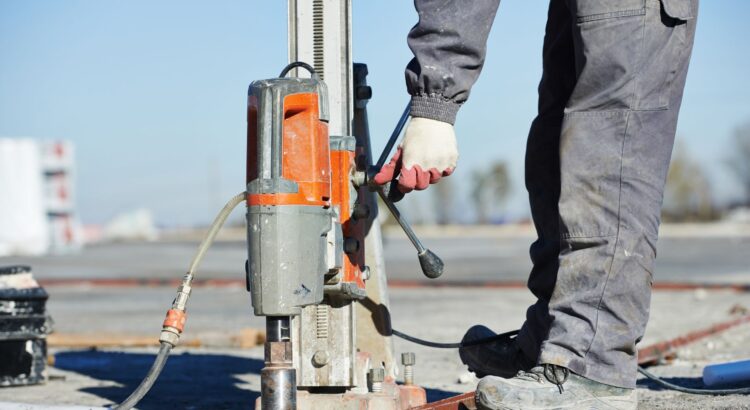Whether you are a professional or simply a homeowner, there are several things you should know about concrete leveling. These include the common causes of sinking concrete and the best tools for leveling concrete. Also, there are several things you can do to prevent concrete from sinking, including using a trowel and mudjacking. Using mudjacking to level sunken concrete is an eco-friendly method. It is also a cheaper alternative to pouring new concrete. It is also time-proven and provides a solid concrete foundation. Mudjacking is a specialized process used to level sunken concrete. The slurry used in mudjacking is made from sand and cement. This mixture is pumped under the hollow concrete slab, requiring a hydraulic mud pump.
Mudjacking for concrete leveling can be a good solution for sunken concrete and can also be used for porches and decks. But mudjacking can also lead to more problems than it solves. The slurry used in mudjacking can be messy. It can leave ugly mudholes on the surface of the concrete. The slurry itself is not waterproof, and it is easily washed out. Self-leveling concrete is a quick and easy way to fix an uneven floor. Self-leveling concrete is a cementitious compound mixed with water to create a smooth surface. It can also be used as an underlayment for flooring. Self-leveling concrete is a good choice for leveling concrete floors in residential or industrial buildings. It is easy to use, has a fast setting, and is durable. However, it is not recommended for heavy machinery, vertical walls, or harsh chemicals. Fortunately, there are steps you can take to prevent concrete settling. Some more apparent things include sealing your concrete, properly grading the surrounding area, and ensuring your foundation is level. Replacing your concrete may be the only viable solution.
The best way to prevent concrete settling is to ensure a good foundation, which is achieved by providing your home with a good foundation and using properly poured and compacted concrete. If the base is not well compacted, it may allow more water to flow under the cement, leading to cracking. The best way to do this is by boring a hole in the soil to ensure it’s good to go. You’ll want to ensure you get a good mix and then pour the concrete over the gravel. Using a trowel for concrete leveling is essential to get a smooth surface. Different types of trowels are available, including manual, pushable, and ride-on trowels. However, knowing which type is best for your project is essential. The type of trowel you choose depends on the concrete you are leveling. If you are leveling a corner concrete slab, you will need a pushable trowel, while a ride-on trowel will work on a larger slab. You will also need a variety of blades for your trowel. The first thing you should do is test the concrete. A less than 1/8 of an inch footprint indicates that the concrete is ready to trowel. The next step is to wet the concrete. The concrete needs to be sufficiently wet but not saturated. It should also be firm enough to support your weight.
Having sunken concrete can be inconvenient and expensive. It can even affect the value of your property. However, there are ways to get rid of the problem. The most obvious sign that you have a problem with your concrete is if you see uneven surfaces. It can be a sign of improper drainage or a shift in soil. Another sign that you have a problem with your soil is if you see pools of water on your concrete. It is caused by water getting into the soil, which can lead to erosion of the base. If you have tree roots growing near your home, they can also cause problems. Tree roots can burrow in the soil and cause gaps in the concrete. If you have tree roots growing near your home, you may want to trim them to avoid causing damage. However, the main reason why your concrete is sinking is most likely due to water intrusion.
